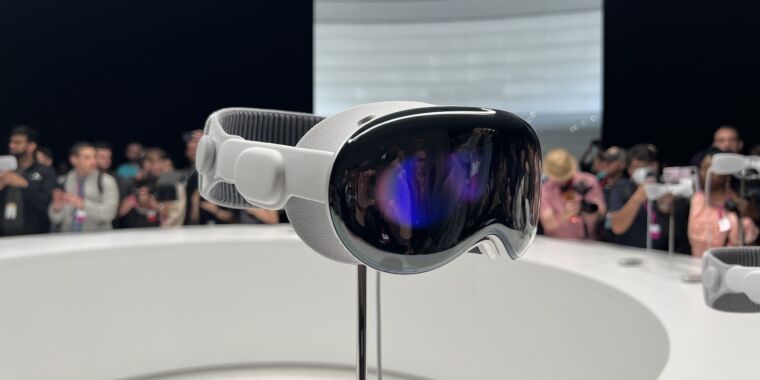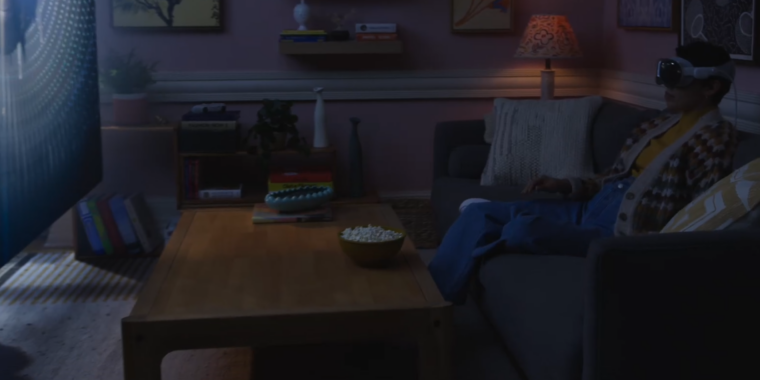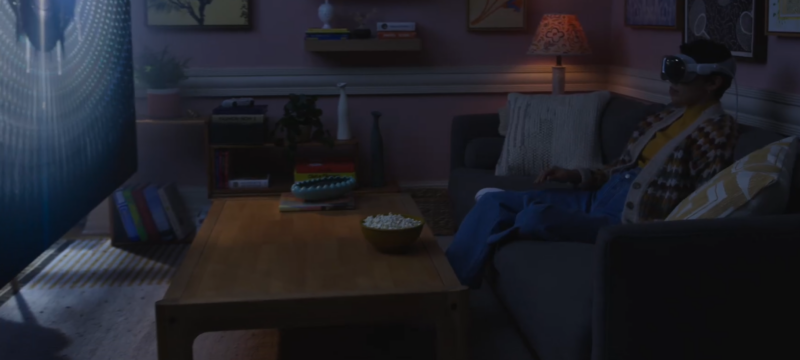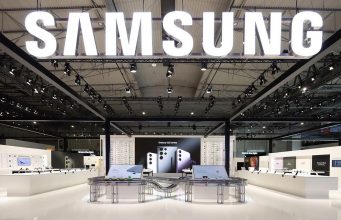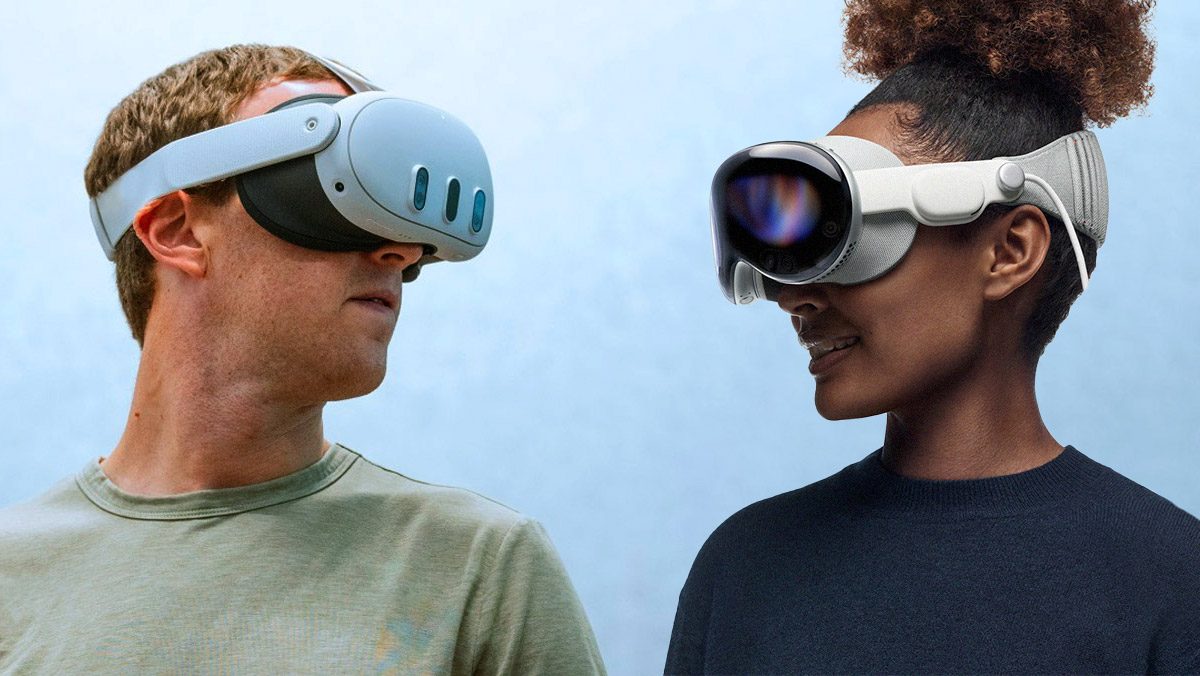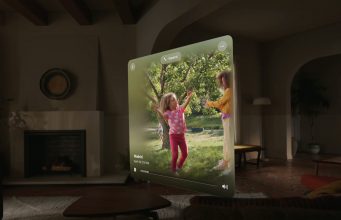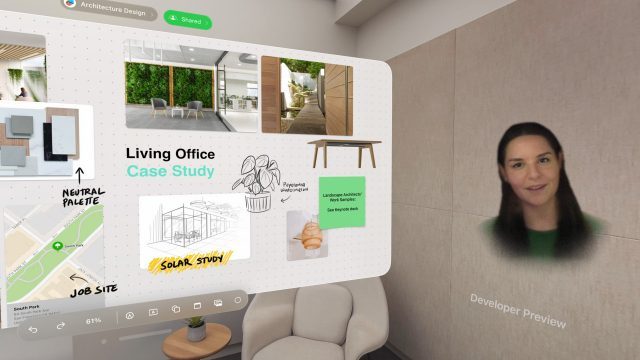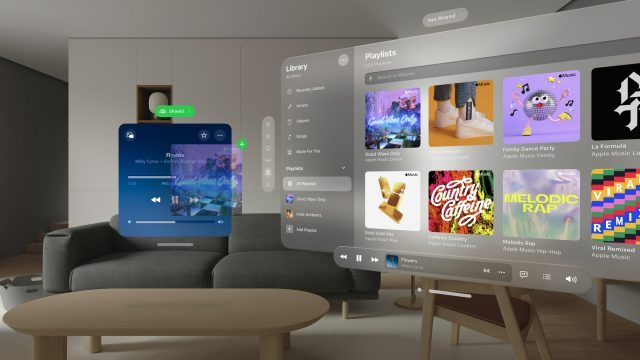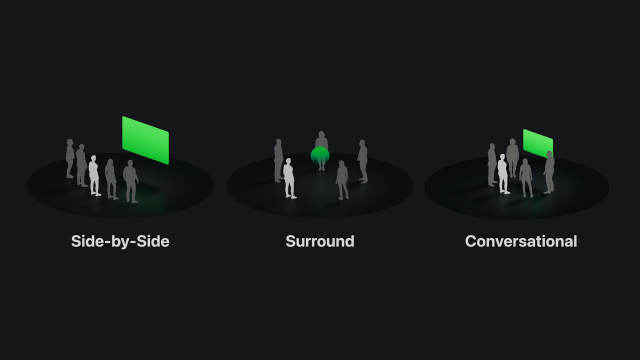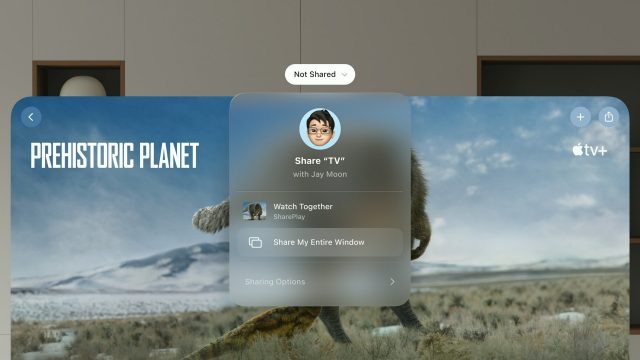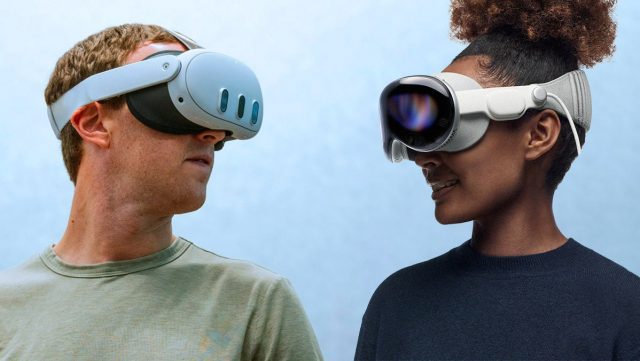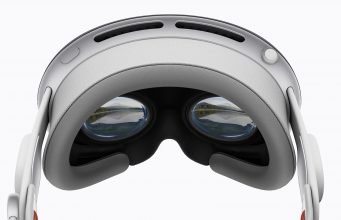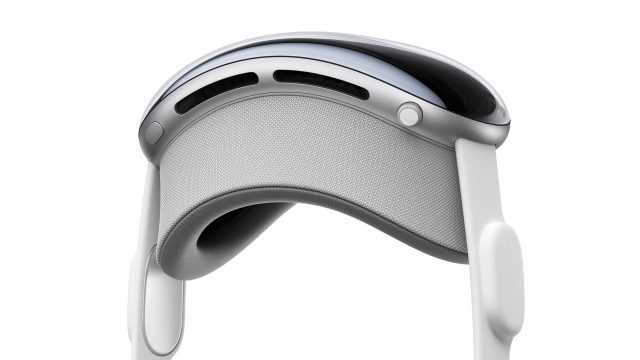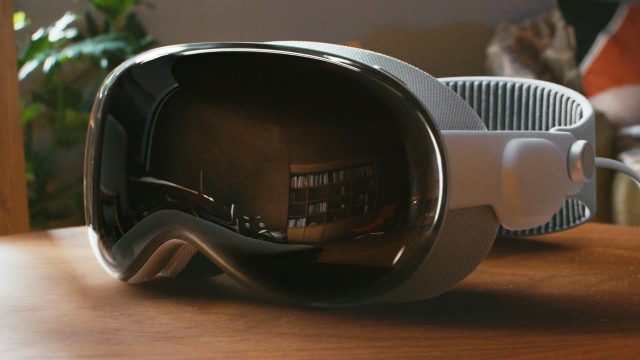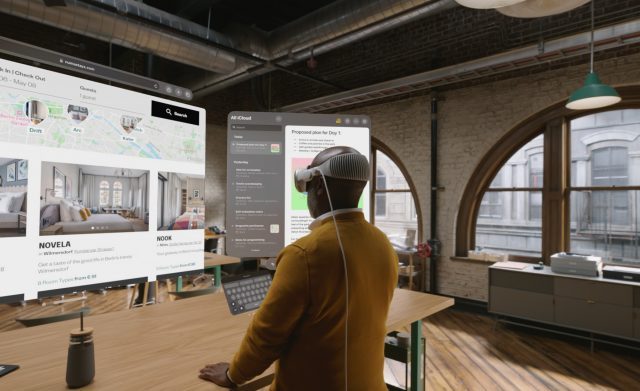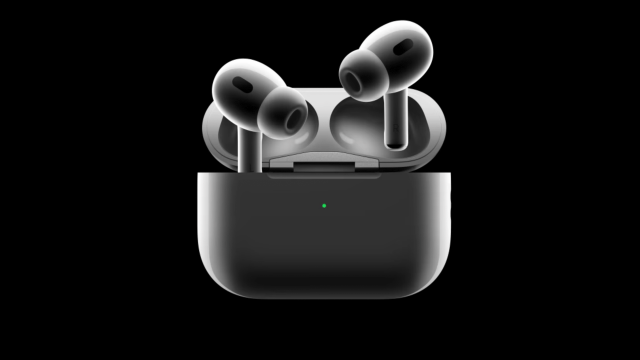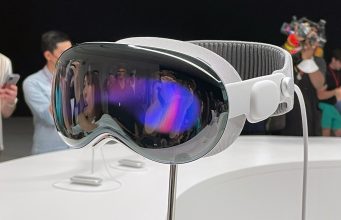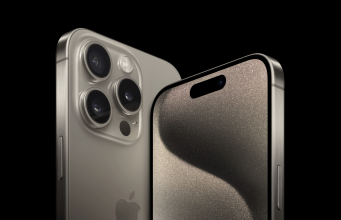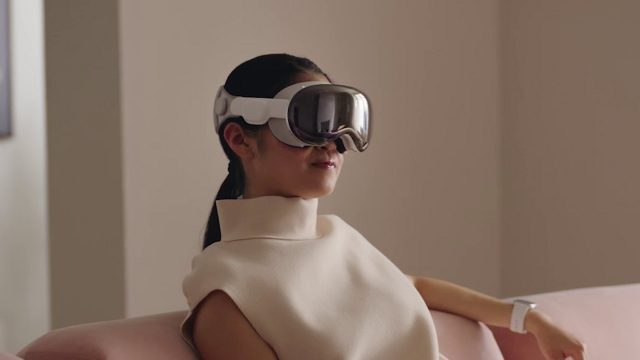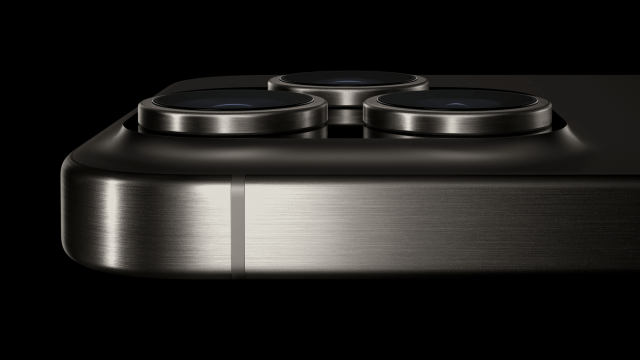Everything we learned today about Vision Pro configurations, specs, and accessories
Spatial computing —
It’ll cost you $200 to double the storage of the base configuration.
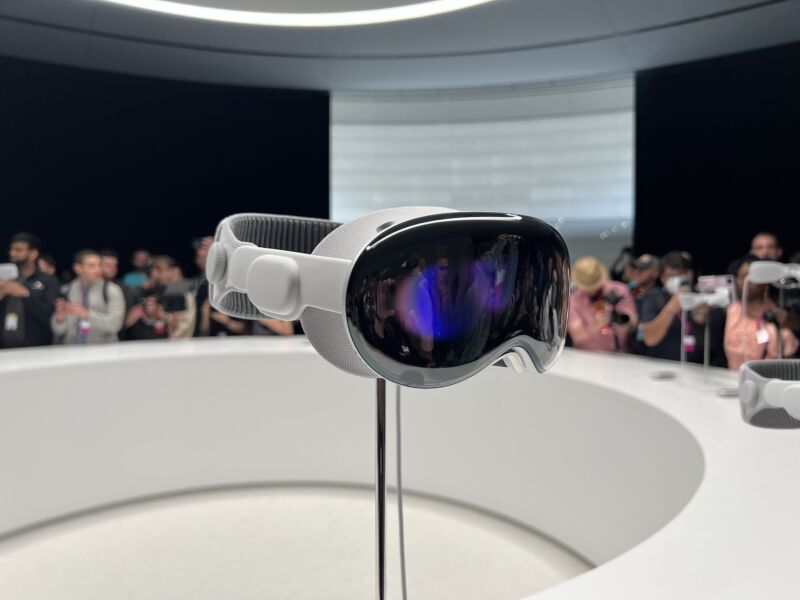
Enlarge / Apple’s Vision Pro headset.
Samuel Axon
Apple’s Vision Pro went up for preorder this morning at 8 am ET. As expected, shipment dates for preorders quickly backed up to March as initial supply was accounted for. Regardless of whether you’re in for the start or taking a wait-and-see approach with Apple’s ultra-pricey new device, though, we have access to a little more information about the device than we did before thanks to updates to the Apple Store website.
The product page for Vision Pro reveals configurations and pricing, and a new specs page clarifies answers to some questions we’ve had for a while now.
You’ll find all the relevant new information below. We’ve also updated our “What to expect from Apple Vision Pro” roundup with new information from the specs page.
Hardware specifications
As previously rumored, the Vision Pro has a variant of the M2 chip with an 8-core CPU (4 performance cores and 4 efficiency), a 10-core GPU, and a 16-core NPU. It has 16GB of unified memory.
There’s also the new R1 chip, which Apple claims achieves “12‑millisecond photon‑to‑photon latency” and 256GB/s memory bandwidth.
As for the display, we didn’t learn too much new here. As Apple has stated before, the two displays push 23 million pixels combined. They support refresh rates of 90 Hz, 96 Hz, and 100 Hz, and support playback of 24 fps and 30 fps video. Apple claims 92 percent DCI-P3.
The specs page also reveals that Vision Pro supports AirPlay at up to 1080p on iPhones, Macs, Apple TVs, and AirPlay-capable smart TVs.
Storage comes in three configurations. The base 256GB model costs $3,499. Bumping up to 512GB adds $200, and going to 1TB adds another $200.
The device’s camera supports both spatial photo and video capture, and Apple lists the specs as an 18 mm, ƒ/2.00 aperture at 6.5 stereo megapixels.
Additionally, there are six world-facing tracking cameras, four eye-tracking cameras, a TrueDepth sensor, a lidar scanner, four inertial measurement units, a flicker sensor, and an ambient light sensor. The headset authenticates the user by looking at their iris.
On the audio front, we’re looking at a six-mic array for audio capture. Apple isn’t super specific on the specs page about the speakers, noting only that the device offers “spatial audio with dynamic head tracking” like AirPods Pro and “personalized Spatial Audio and audio ray tracing.” Vision Pro also supports low-latency, lossless audio with the second generation of AirPods Pro.
Connectivity options include Wi-Fi 6 and Bluetooth 5.3.
Apple promises two hours of battery life for “general use” and says video watching can be up to 2.5 hours. The specs page also clarifies that Vision Pro can be used while charging the battery, which is something Apple had previously stated but then confusingly removed from its online documentation. This page seems to settle that.
The headset weighs between 21.2 and 22.9 ounces (600–650 g) depending on the light seal and headband used. That doesn’t include the battery pack, which weighs 353 g. That means Apple made the headset substantially lighter by pushing the battery to a separate unit.
Accessories and additional purchase options
As with its other hardware products, Apple offers AppleCare+ for Vision Pro. It’s $499 for two years, or $24.99 per month for perpetual coverage.
That price might seem awfully steep, but Apple lists the repair fees for the device on its service page and repairs without AppleCare+ will be even pricier—up to $2,399, depending on what’s broken. Any damage to the front glass panel will cost $799 to fix.
-
Apple Vision Pro Travel Case.
Apple
-
Apple Vision Pro battery.
Apple
-
Apple Vision Pro Solo Knit Band.
Apple
-
Apple Vision Pro Dual Loop Band.
Apple
-
Apple Vision Pro Light Seal.
Apple
-
Apple Vision Pro Light Cushion.
Apple
-
ZEISS Optical Inserts.
Apple
-
Belkin Battery Holder for Apple Vision Pro.
Apple
There are also a few optional accessories or replacement components you can buy, including:
- Apple Vision Pro Travel Case ($199) – A pill-shaped case that contains and protects the headset along with its attachments and battery.
- Apple Vision Pro Battery ($199) – A replacement for the battery that comes with the headset. You could also buy one of these to double your capacity while traveling, like for a long flight.
- Apple Vision Pro Light Seal ($199) – The soft part of the headset that conforms to your face when you put the device on your head. This includes two light seal cushions, each in a different size.
- Apple Vision Pro Light Seal Cushion ($29) – This attaches to the end of the light seal, and is intended to be removed for cleaning. It’s available in four sizes: N, N+, W, and W+.
- Apple Vision Pro Solo Knit Band ($99) – One of two variations of the band that keeps Vision Pro on your head. This is the version that simply wraps around the back of your head. It’s available in three sizes: small, medium, and large.
- Apple Vision Pro Dual Loop Band ($99) – The version that wraps around both the back of your head and the top. This also comes in small, medium, and large.
- ZEISS Optical Inserts ($99+) – Lens inserts for those who wear glasses, as glasses won’t fit inside the device. Available in prescription and reader variations. You don’t need these if you wear soft contact lenses.
- Belkin Battery Holder for Apple Vision Pro ($49.95) – A third-party accessory for either attaching Vision Pro’s battery to your belt or pants, or securing it with a cross-body strap.
Everything we learned today about Vision Pro configurations, specs, and accessories Read More »
